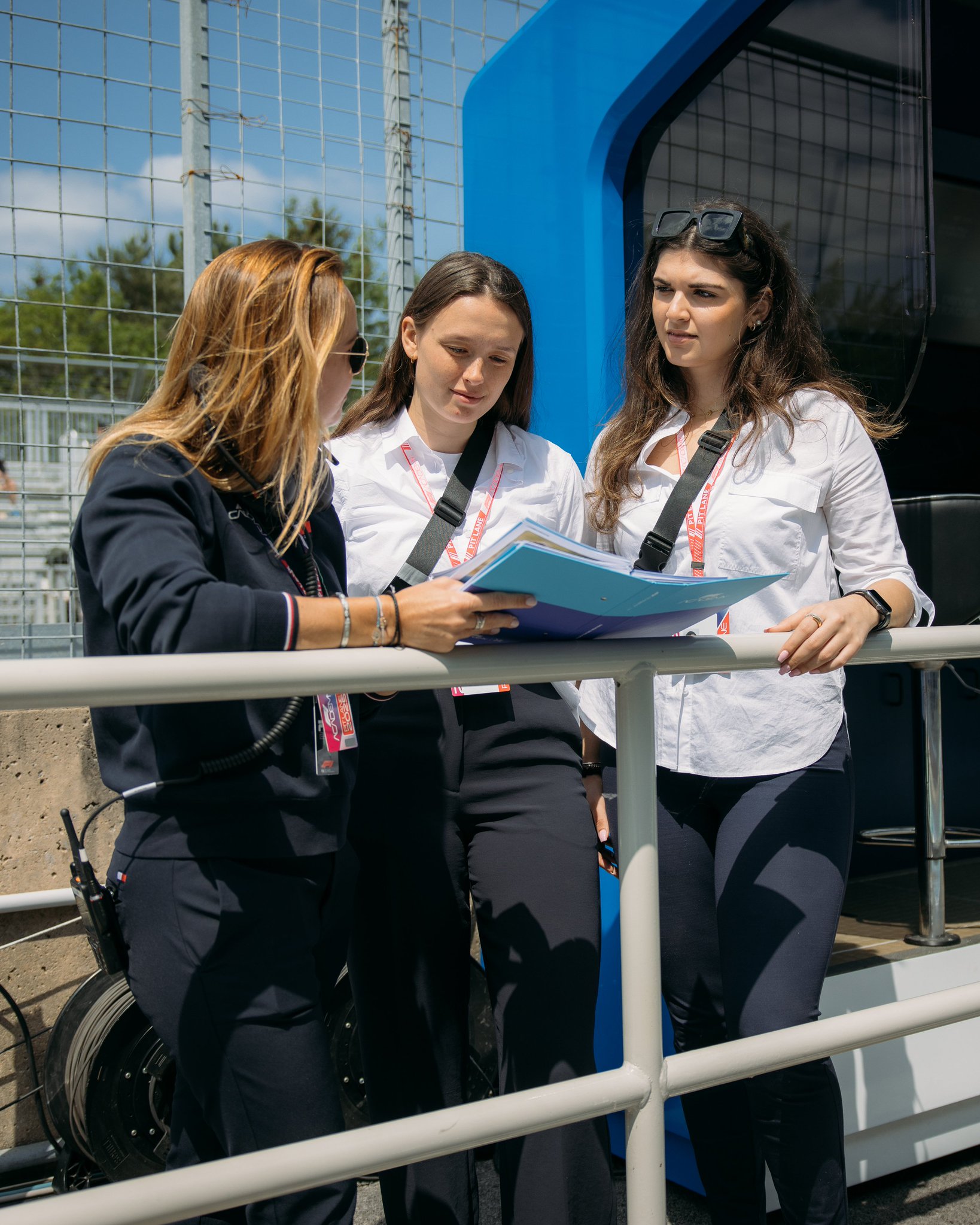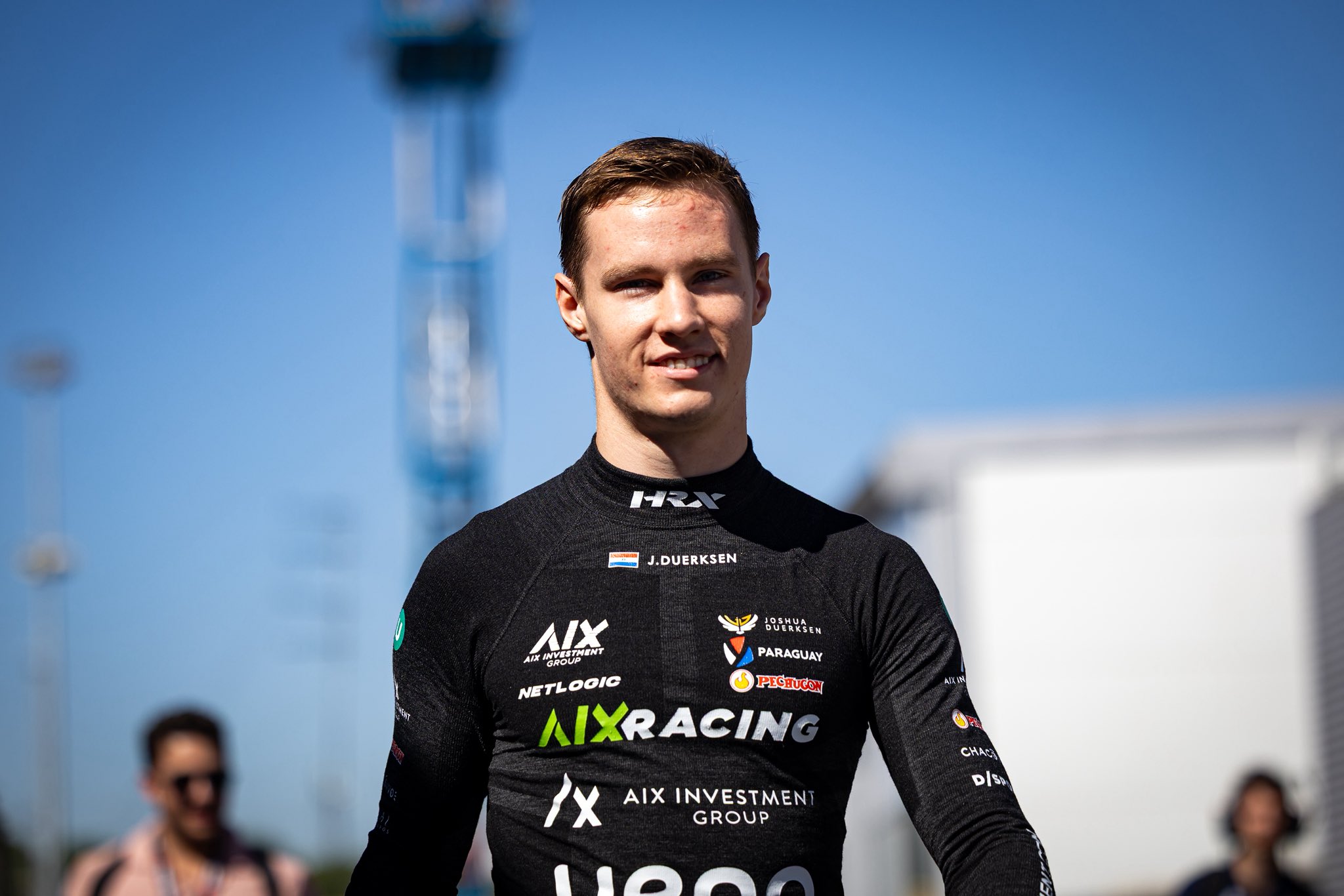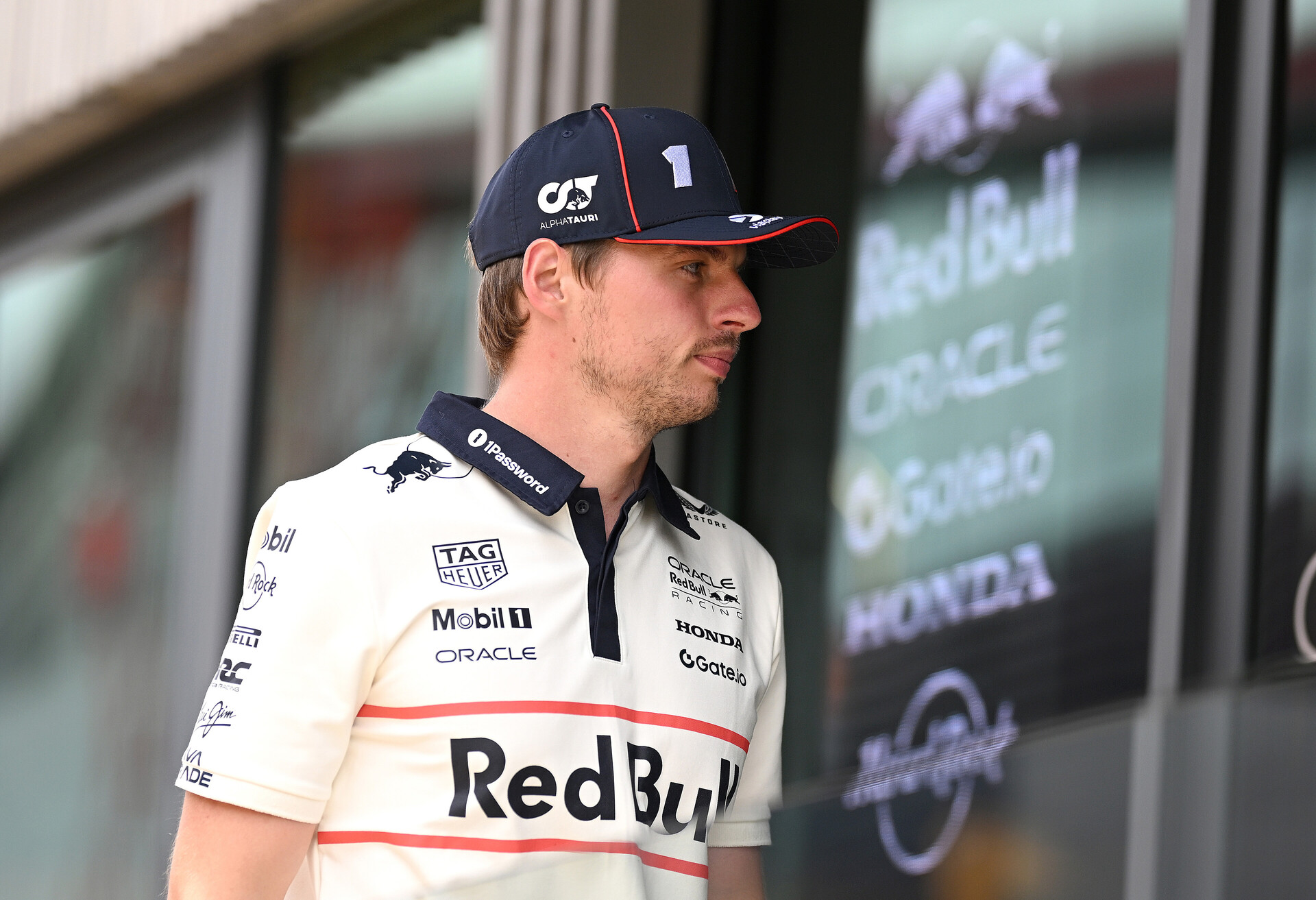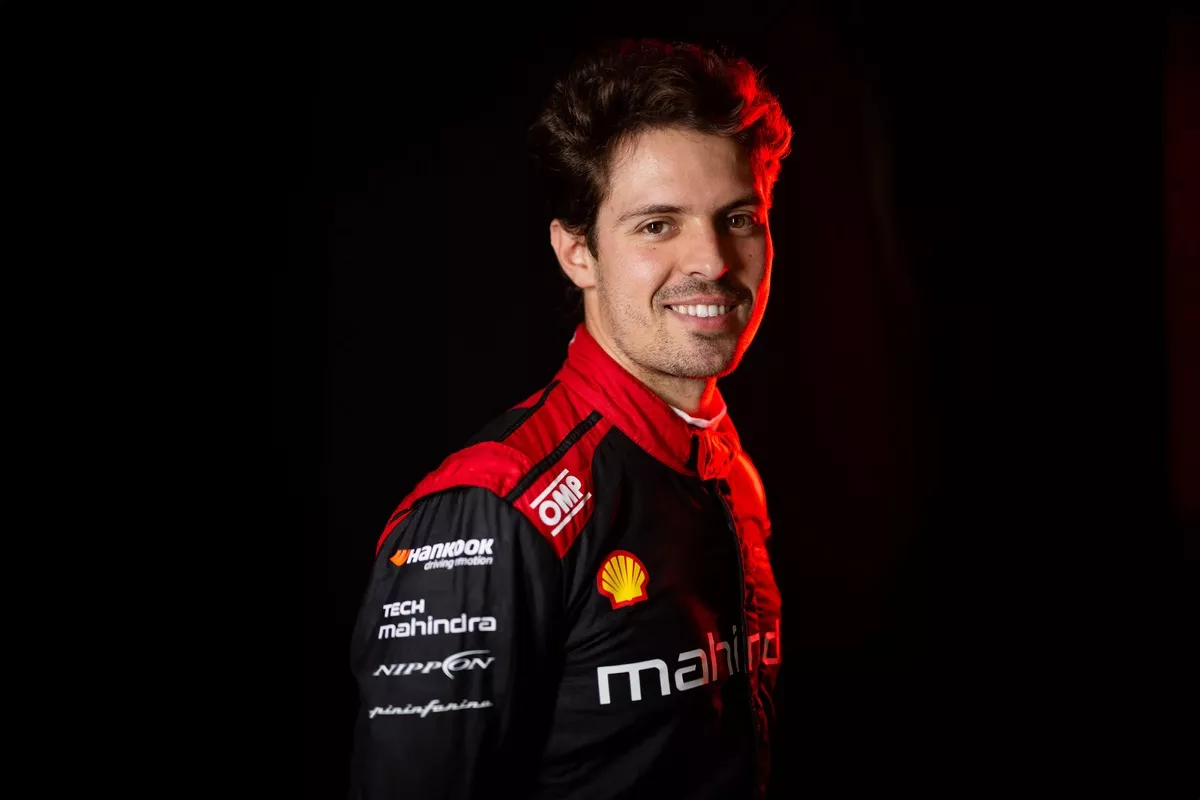As the FIA works to outline Formula 1’s 2026 chassis regulations, head of single seaters Nikolas Tombazis announces they are targeting a weight reduction of 50kg to dramatically change the performance of the next generation cars.

With work well underway in developing yet another set of sweeping regulation changes for Formula 1, it has been announced that a key area of change will be the car dimensions and weight. Discussing the changes, planned to be introduced for the 2026 season alongside the new power unit regulations, Nikolas Tombazis breaks down how the changes will affect car performance.
“We aim to reduce the weight of the cars by around 50kg,”
Delving into the plans, in a discussion with Motorsport.com’s Italian branch, Tombazis revealed the goal is to reduce car size which in turn will lower cornering speeds while also allowing the cars to benefit from faster top speed on the straights.
“With the dimensions of the wheels, which will be narrower, plus with the rear wing and the car in general, we aim to reduce the weight of the cars by around 50kg,” he said. “So, it will be possible to see smaller single-seater cars: shorter and narrower. But we are talking about solutions that still need to be discussed.
“With the car on a diet, we will be able to reduce the cornering speeds a bit. Being lighter, they will go faster in a straight line, but will generate less aerodynamic load. So, we will need to increase the hybrid’s energy recovery to ensure adequate lap performance.”
The planned regulations have garnered protest however, with Red Bull notably commenting the new cars will be unable to race. Team boss Christian Horner went as far as to suggest the new power unit and chassis regulations will see drivers resorting to downshifting on the straights in order to recover enough energy.
“In recent months, we have collected a series of very positive developments…”
Tombazis was quick to deny these rumours however, drawing attention to the effort the FIA have put into ensuring the next generation of Formula 1 cars will be able to race wheel to wheel. He suggests the uncertainty expressed by Horner was based on old data, while the latest FIA simulations suggest the new power units and chassis will work together.
“A lot of work has been done to understand how energy recovery and management will have to be done, and how overtaking can be done based on the aerodynamic configuration,” Tombazis said. “We have carried out many simulations by changing these parameters and we have found solutions that seem to work adequately.
“If one took the 2026 power units and mounted them on the current cars, probably the result would be the scenario put forward by those who were worried,” he admitted.
“But in recent months, we have collected a series of very positive developments, so the comments express old positions. We also need to take into account that the engine and chassis will have to evolve together, and it will not be possible to think of one without the other.”





